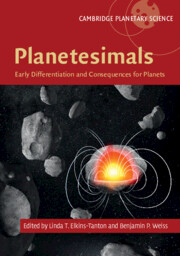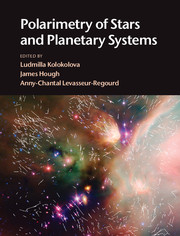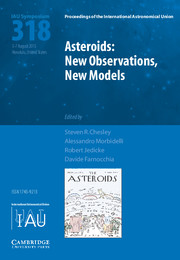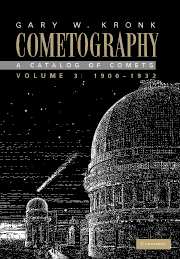Mitigation of Hazardous Comets and Asteroids
This book presents the most recent research on the development of a reliable defense against objects that can potentially collide with the Earth. Large asteroids and comets can collide with the Earth causing severe consequences, and collisions are a random process that can occur at any time. To reduce the threat, it is necessary to understand these potentially hazardous objects.
- Considers the requirements for building a reliable defence system against objects that could potentially collide with the Earth
- Includes a discussion of the problems faced in communicating the nature of impact hazards to the public
Reviews & endorsements
"The book is an excellent compendium of current knowledge of near-Earth objects." EOS-Transactions, AGU
Product details
March 2011Paperback
9780521173322
438 pages
244 × 170 × 23 mm
0.69kg
Available
Table of Contents
- Preface
- 1. Recent progress in interpreting the nature of the near-Earth object population W. Bottke, A. Morbidelli and R. Jedicke
- 2. Earth impactors: orbital characteristics and warning times S. R. Chesley and T. B. Spahr
- 3. The role of radar in predicting and preventing asteroid and comet collisions with Earth S. J. Ostro and J. D. Giorgini
- 4. Interior structures for asteroids and cometary nuclei E. Asphaug
- 5. What we know and don't know about surfaces of potentially hazardous small bodies C. R. Chapman
- 6. About deflecting asteroids and comets K. A. Holsapple
- 7. Scientific requirements for understanding the near-Earth asteroid population A. W. Harris
- 8. Physical properties of comets and asteroids inferred from fireball observations M. D. Martino and A. Cellino
- 9. Mitigation technologies and their requirements C. Gritzner and R. Kahle
- 10. Peering inside near-Earth objects with radio tomography W. Kofman and A. Safaeinili
- 11. Seismological imvestigation of asteroid and comet interiors J. D. Walker and W. F. Huebner
- 12. Lander and penetrator science for near-Earth object mitigation studies A. J. Ball, P. Lognonne, K. Seiferlin, M. Patzold and T. Spohn
- 13. Optimal interpretation and deflection of Earth-approaching asteroids using low-thrust electric propulsion B. A. Conway
- 14. Close proximity operations at small bodies: orbiting, hovering, and hopping D. J. Scheeres
- 15. Mission operations in low gravity regolith and dust D. Sears, M. Franzen, S. Moore, S. Nichols, M. Kareev and P. Benoit
- 16. Impacts and the public: communicating the nature of the impact hazard D. Morrison, C. R. Chapman, D. Steel and R. P. Binzel
- 17. Towards a program to remove the threat of hazardous NEOs M. J. S. Belton.






